Once upon a time, everyone used regular soap to wash their hair. They didn’t wash their hair anywhere near as often as we tend to today, but nevertheless, they used soap and their hair, generally, didn’t fall out. Then, in 1934, Proctor & Gamble launched the first synthetic, detergent-based liquid shampoo, and this became the go-to product for most people for many decades. During this time, some people continued to make, and use, soap specifically for hair washing – and STILL their hair didn’t fall out. I’m labouring this point because I’ve read a LOT of negative nonsense recently about soap based shampoo bars – claims that they’re bad for your hair and scalp. Well, I’ve used this type of shampoo bar, and nothing else, for the last four years and honestly? My hair is thick, long, and most definitely NOT falling out.
Soap-based shampoo bars are a great choice if you want to limit the amount of synthetic ingredients in your shampoo and they are less likely to cause skin irritations. They are free from sulphates and silicone, which can make them a good choice for dandruff prone hair. Shampoo based bars can also work out a lot cheaper gram for gram that syndet bars and, in my experience, last a lot longer. By the way, almost all traditional liquid shampoos are also synthetic detergents.
There are, however, some things to be aware of if you’re trying a soap based bar for the first time.
- Soap based shampoo bars work best in soft water areas. It’s perfectly possible to use them successfully in hard water areas – I have customers who do – but you may find it’s difficult to work up the big lather that you need for best results.
- You MAY experience the ‘Transition period’. Soap based shampoo affects your scalp very differently to traditional shampoo and it is perfectly normal to experience heavy, lank or greasy hair when you first make the switch. This is completely normal, and it can take from one to eight weeks for your scalp to rebalance sebum production. It WILL pass though. During the transition period it can help to use cider vinegar in the final rinse – simply mix one part apple cider vinegar with ten parts water.
- Make sure you work up lots of lather during washing. I’m not 100% sure why this works but having lots of lovely, abundant lather does make a difference.
- Rinse really, REALLY well. Any residual soap left in the hair is going to make it feel lank.
- If you use conditioner, use it on the ends only. Your scalp doesn’t need conditioner – it’s basically a detangler which protects the hair from becoming damaged while combing when wet. Ideally use a Soap Mine Solid Conditioner Bar along the length of the hair, paying particular attention to the ends.
The Soap Mine Shampoo Bar recipe is significantly different to the regular soap bars. It has been carefully formulated as shampoo and actually contains apple cider vinegar to lower the alkalinity a little. Nevertheless it is still soap. If you find that you simply can’t get on with it, just use it on the rest of your body. Nothing lost, and no waste!
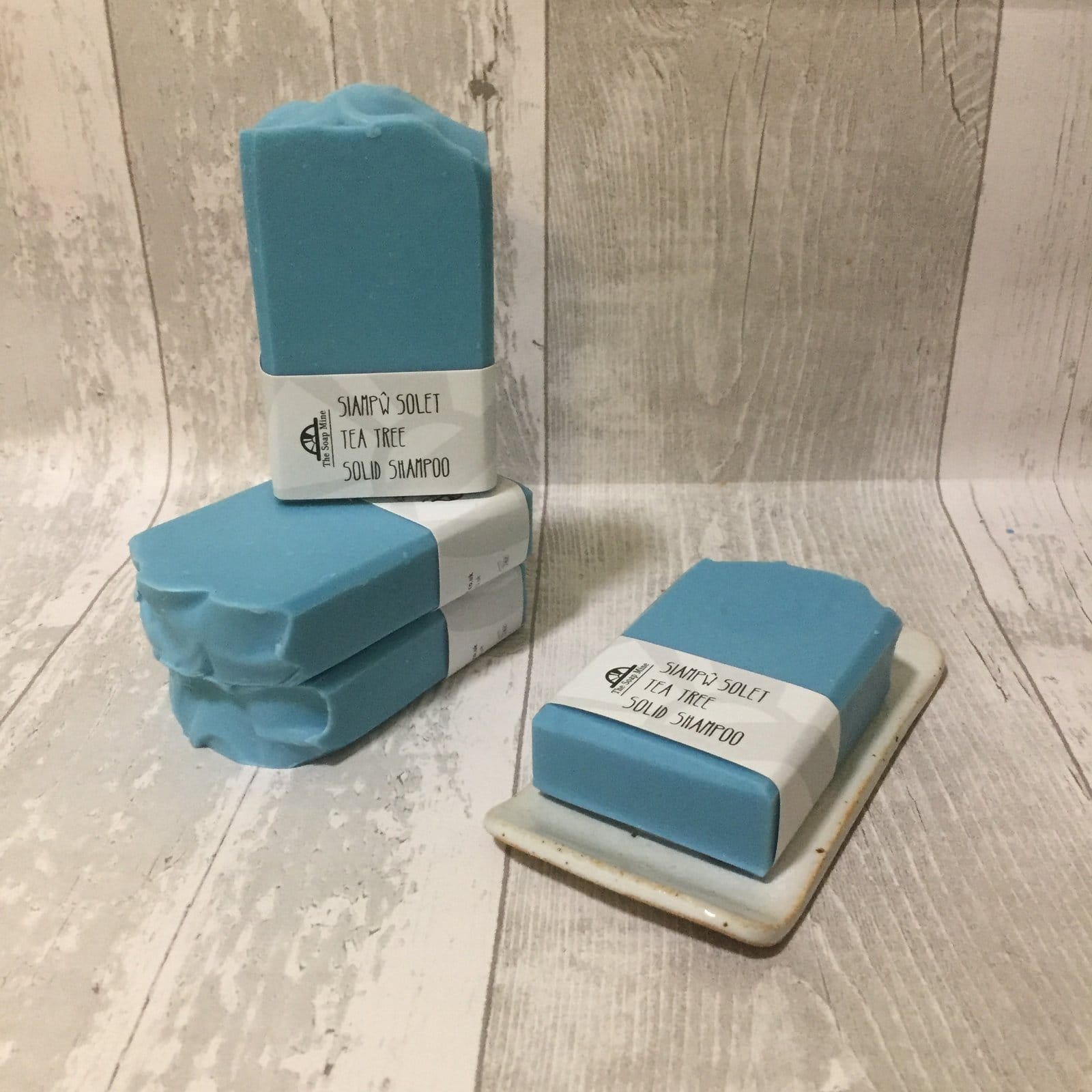
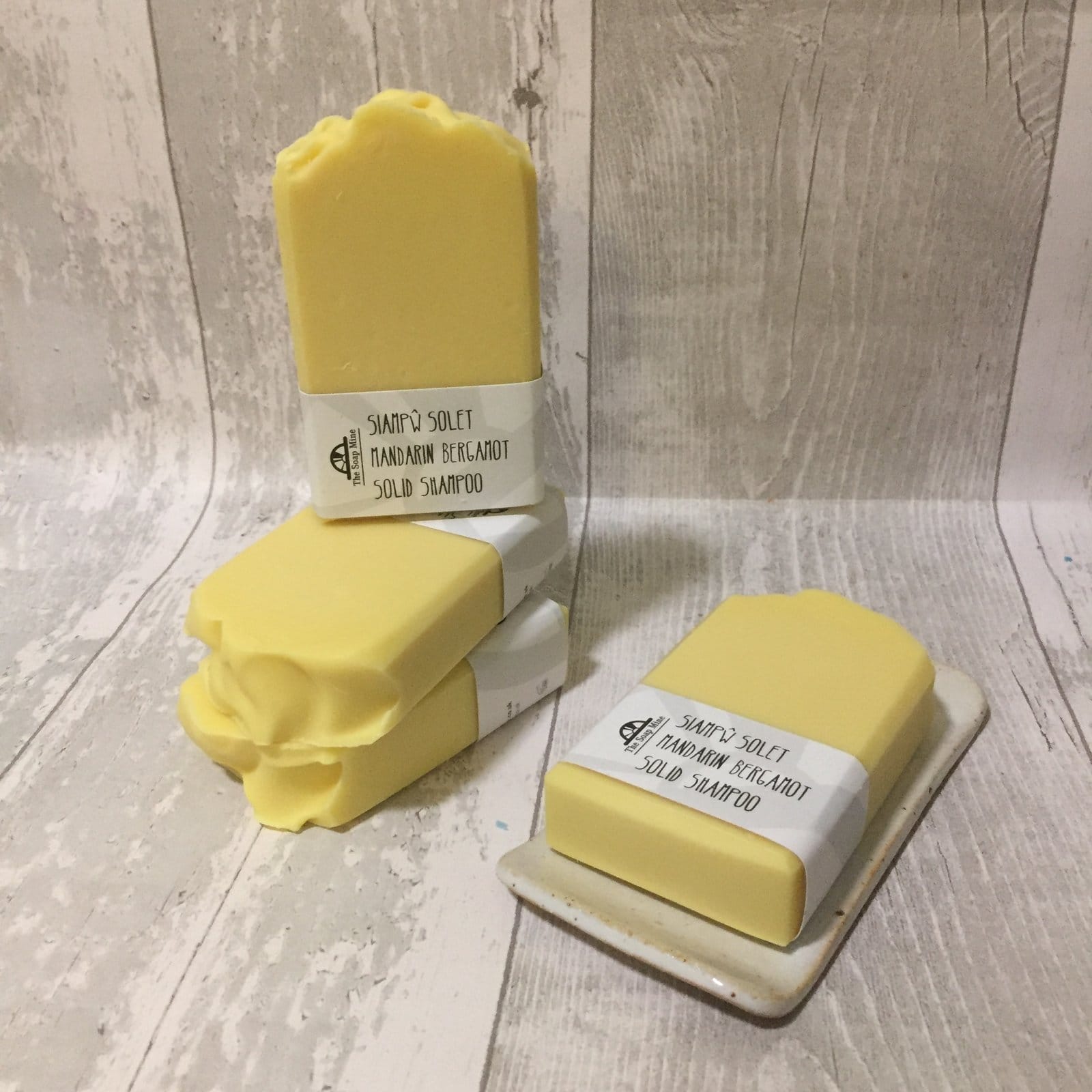
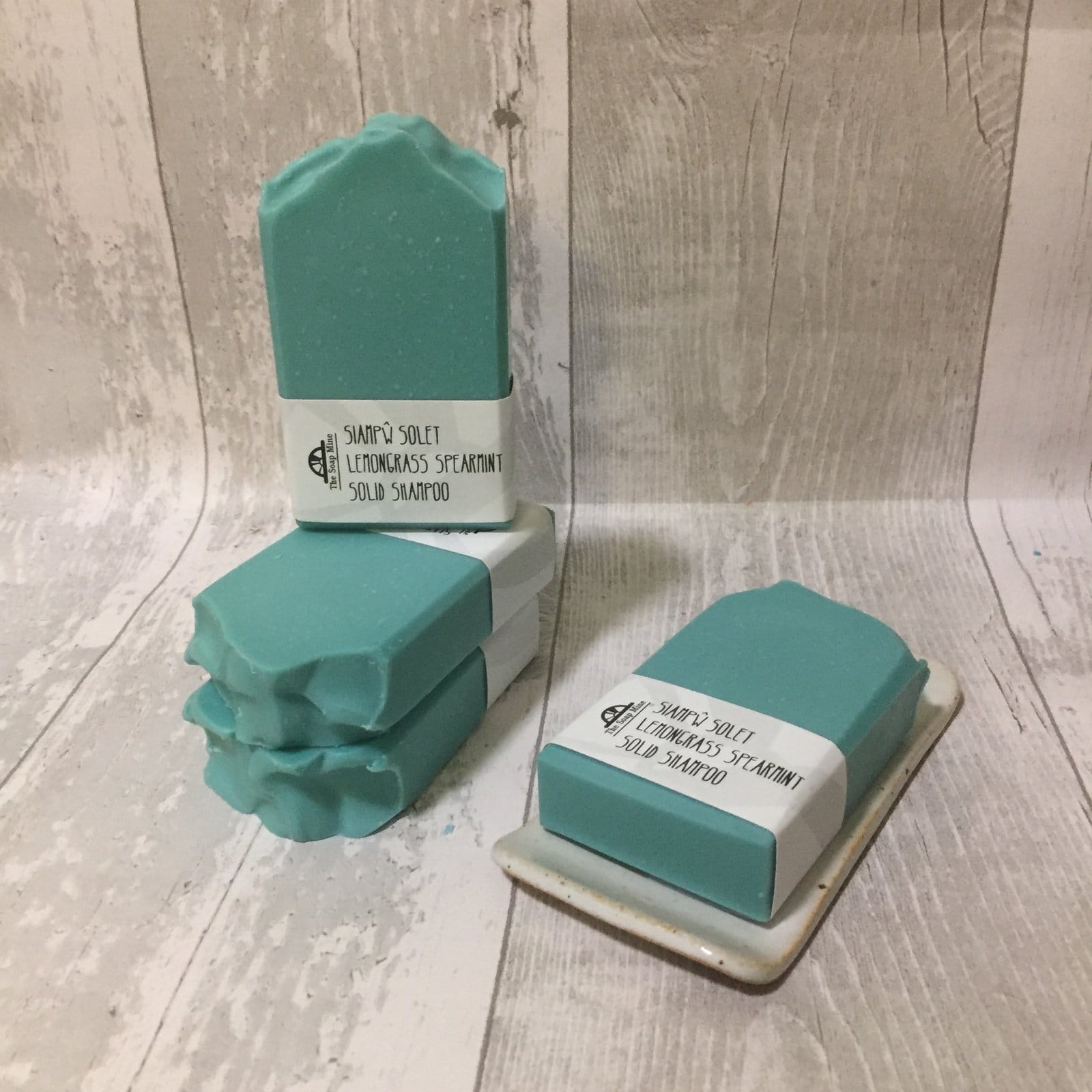
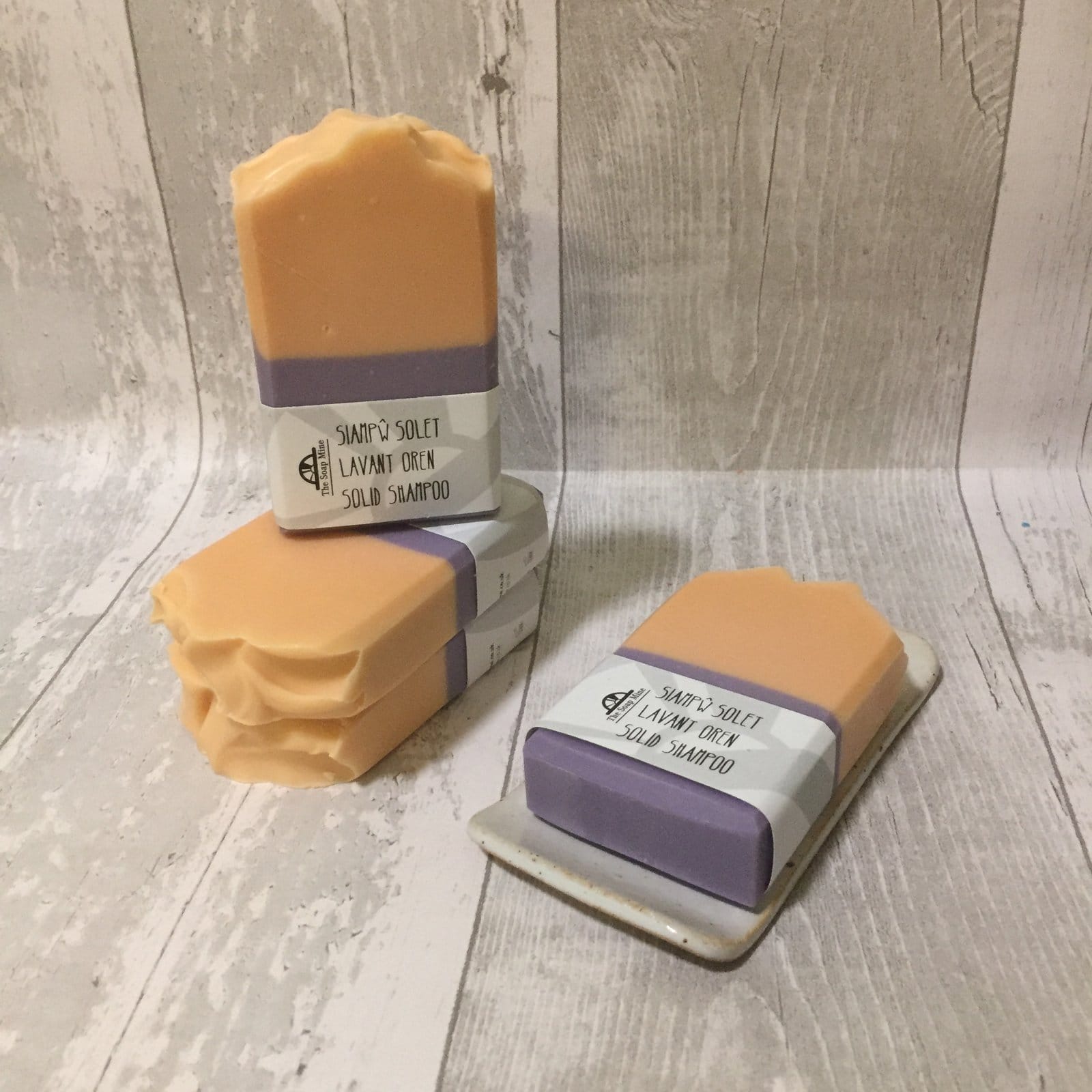
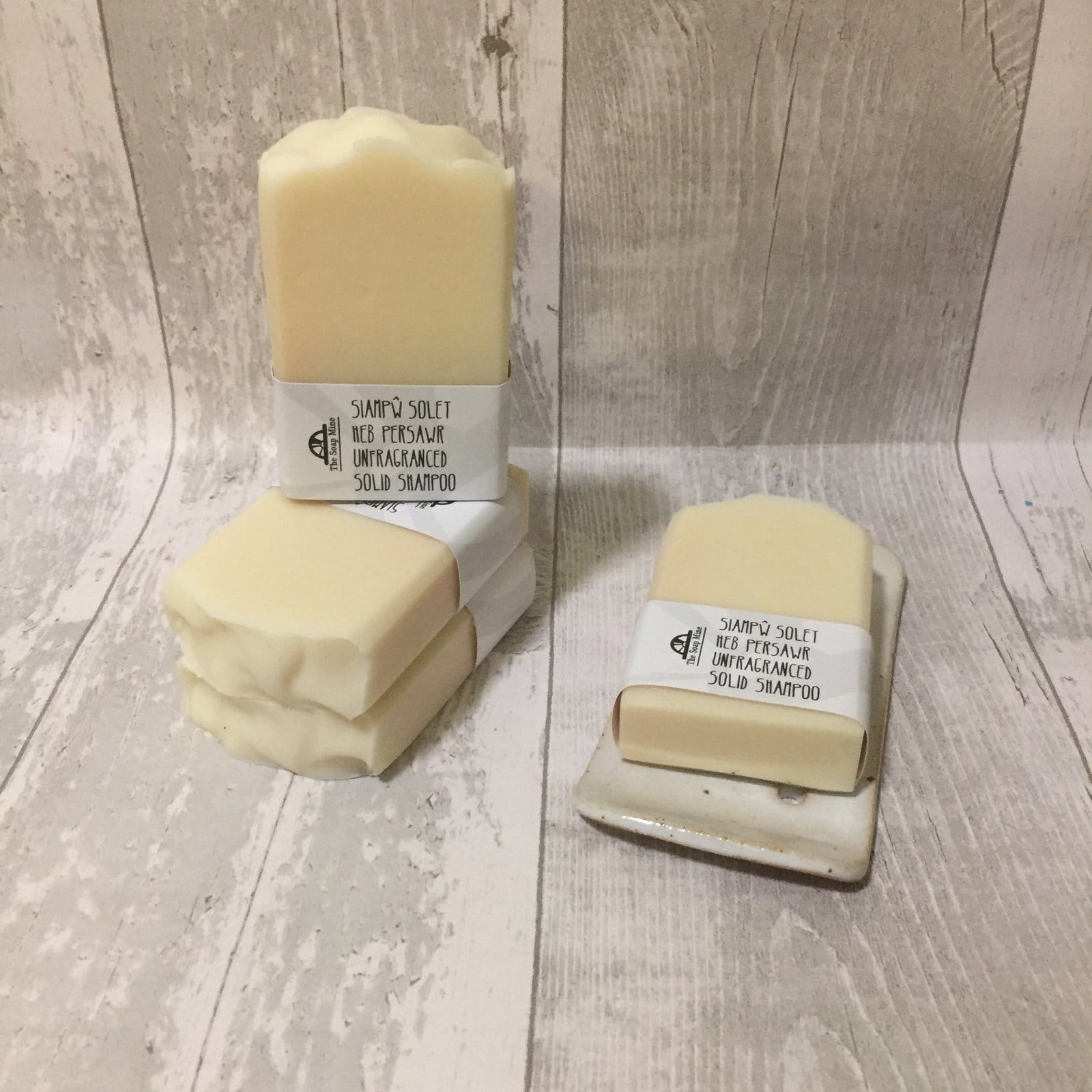
I hope these tips help – please comment below if there’s anything you think I should add.
And if you’ve tried your best and soap based shampoo bars are definitely not for you, then why not try one of our Zero Waste Path Syndet Bars?
Thanks for reading, back tomorrow!

